What Is Alodine Coating?
Alodine (or chem-film) is a chemical conversion coating applied to aluminium parts to improve corrosion resistance without altering dimensions or compromising electrical conductivity. Unlike anodizing, it forms a very thin layer (typically 0.25–0.5 µm) that doesn’t alter part dimensions, making it ideal for precision components.
In aerospace and defense, Alodine 1200 protects structural components, brackets, and airframe assemblies. In electronics and enclosures, RoHS-compliant Alodine 5200 maintains circuit continuity while preventing corrosion. It’s also applied to automotive fasteners and connectors to preserve grounding paths, and in sheet metal fabrication as a primer or standalone finish for interior brackets and panels.
In telecom and instrumentation, use Alodine-coated aluminium for RF enclosures when you need uninterrupted grounding paths and EMI (Electromagnetic interference) shielding — the coating preserves conductivity across joints and contact surfaces.
Advantages and Disadvantages of Alodine Coating
| Advantages | Disadvantages |
| Preserves electrical conductivity – ideal for grounding paths, EMI shielding, and sensitive electronics. | Not insulating – unsuitable if electrical isolation is required (e.g., between mating components). |
| Enhances corrosion resistance even on thin-walled parts and precision components. | Less durable than anodizing in abrasive or high-wear environments. |
| Excellent primer for painting and adhesive bonding. | Requires surface prep* for optimal adhesion; inconsistent prep may lead to adhesion failure. |
| Minimal thickness (0.25–1 µm) – no need to adjust tolerances for most precision parts. | Thickness control can vary, especially in recessed or complex geometries. |
| Fast, low-cost chemical process. | Toxicity concerns with hexavalent variants; trivalent options are safer but offer slightly lower corrosion protection. |
Alodine vs. Anodize: Which Finish for Your Aluminium Parts?
Alodine and anodizing both protect aluminium parts against corrosion, but they serve different purposes. Alodine preserves electrical conductivity and requires no dimensional adjustments, making it suitable for precision assemblies and electronic contact surfaces. Anodizing creates a thicker, harder layer for wear resistance and insulation.
Choose Alodine coating when:
- Maintaining electrical conductivity is critical
- Parts will be painted or bonded
- Budget or turnaround time is limited
Choose anodizing when:
- Surface durability and abrasion resistance are key
- A decorative finish, color, or matte aesthetic is desired as the final surface
- Electrical insulation is beneficial to the design
- You’re targeting consumer products or external components
The comparison table below highlights the differences between Alodine coating and anodizing:
| Factor | Alodine Coating | Anodizing |
| Primary Purpose | Corrosion resistance without losing conductivity | Corrosion resistance with surface hardening |
| Electrical Conductivity | Maintained (ideal for grounding, electronics) | Reduced (insulating layer formed) |
| Finish Thickness | Microns-thin (0.25–0.5 µm) | Thicker (typically 5–25 µm) |
| Surface Hardness | No significant improvement. ~50 – 120 HV* | Significantly increased (protects wear zones). Type II: ~300 HV* Type III hard-coat: 400 – 460 HV* |
| Paint/Adhesive Base | Ideal for priming and adhesive bonding | Suitable as a paint or adhesive base only when sealed |
| Color Options | Limited (clear, gold) | Wide range (dyed anodizing possible) |
| Cost per Part | Lower – quick chemical process | Higher – electrochemical process |
| Ideal Use Cases | Electrical enclosures, aerospace bonding parts. | Consumer products, wear surfaces, architecture. |
*HV: Vickers Hardness — a measure of surface hardness based on resistance to indentation.
Alodine 1200 vs. Alodine 5200
The two most common Alodine coatings are Alodine 1200 and Alodine 5200. But what is the difference between the two?
| Feature | Alodine 1200 | Alodine 5200 |
| Finish Appearance | Golden-yellow, iridescent | Clear to slightly bluish |
| Corrosion Resistance | Excellent – ideal for harsh environments | Good – sufficient for indoor or mild environments |
| RoHS Compliance | Not compliant (contains Chromium) | Fully RoHS-compliant |
| Paint Adhesion | Excellent | Excellent |
| Surface Preparation Sensitivity | Moderate | High – ensure surfaces are free of oxides and handled with gloves to avoid contamination before coating |
| Use when… | • For maximum corrosion resistance in harsh environments (e.g. aerospace frames, marine structures, military hardware) • When hexavalent hromium is allowed by specification or regulation |
• For RoHS-compliant parts requiring electrical conductivity • In electronic applications (e.g. enclosures, RF shields, PCBs) • For consumer-facing products where compliance, safety, and transparency are critical |
Additional Alodine Coating Types
Use the table below to compare other Alodine coating options and select the right one based on corrosion protection, conductivity, and compliance needs.
| Property | Alodine 1000 | Alodine 1200S | Alodine 600 Series | Alodine 5700 |
| Corrosion Resistance | ⭐⭐ | ⭐⭐⭐ | ⭐⭐ | ⭐ |
| Electrical Conductivity | ⭐⭐⭐ | ⭐⭐ | ⭐⭐ | ⭐⭐⭐ |
| Environmental Compliance | ❌ (Hexavalent) | ❌ (Hexavalent) | ❌ (Hexavalent) | ✅ (Trivalent, RoHS) |
| Color | Clear / Very Light | Gold / Yellow | Clear / Light Iridescent | Clear / Nearly Invisible |
| Short Description | Prioritizes conductivity; moderate corrosion protection | Strong corrosion resistance for military and aerospace | Thin coating with good conductivity; requires careful handling | RoHS-compliant; excellent conductivity with lower corrosion resistance |
Alodine Coating: Key Takeaways for Designers
Alodine coatings combine corrosion resistance, electrical conductivity, and minimal dimensional impact — making them a smart choice for functional aluminium parts.
However, selecting the right coating type and preparing your design accordingly is essential for achieving reliable results.
- Need to maintain electrical conductivity? Choose Alodine, not anodizing.
- Concerned about coating uniformity? Avoid sharp recesses or deep undercuts — redesign to promote even coverage.
- RoHS compliance a requirement? Use Alodine 5200 or 5700 for compliant, safer applications.
- Expecting harsh environments? Select Alodine 1200 where regulations allow, for maximum corrosion resistance.
- Relying on strong coating adhesion? Ensure proper surface preparation before coating.
Work closely with your finishing partner during the design phase to optimize geometry, reduce coating risks, and meet both technical and regulatory requirements.
 Europe
Europe  Türkiye
Türkiye  United Kingdom
United Kingdom  Global
Global 

 Login with my Xometry account
Login with my Xometry account  0
0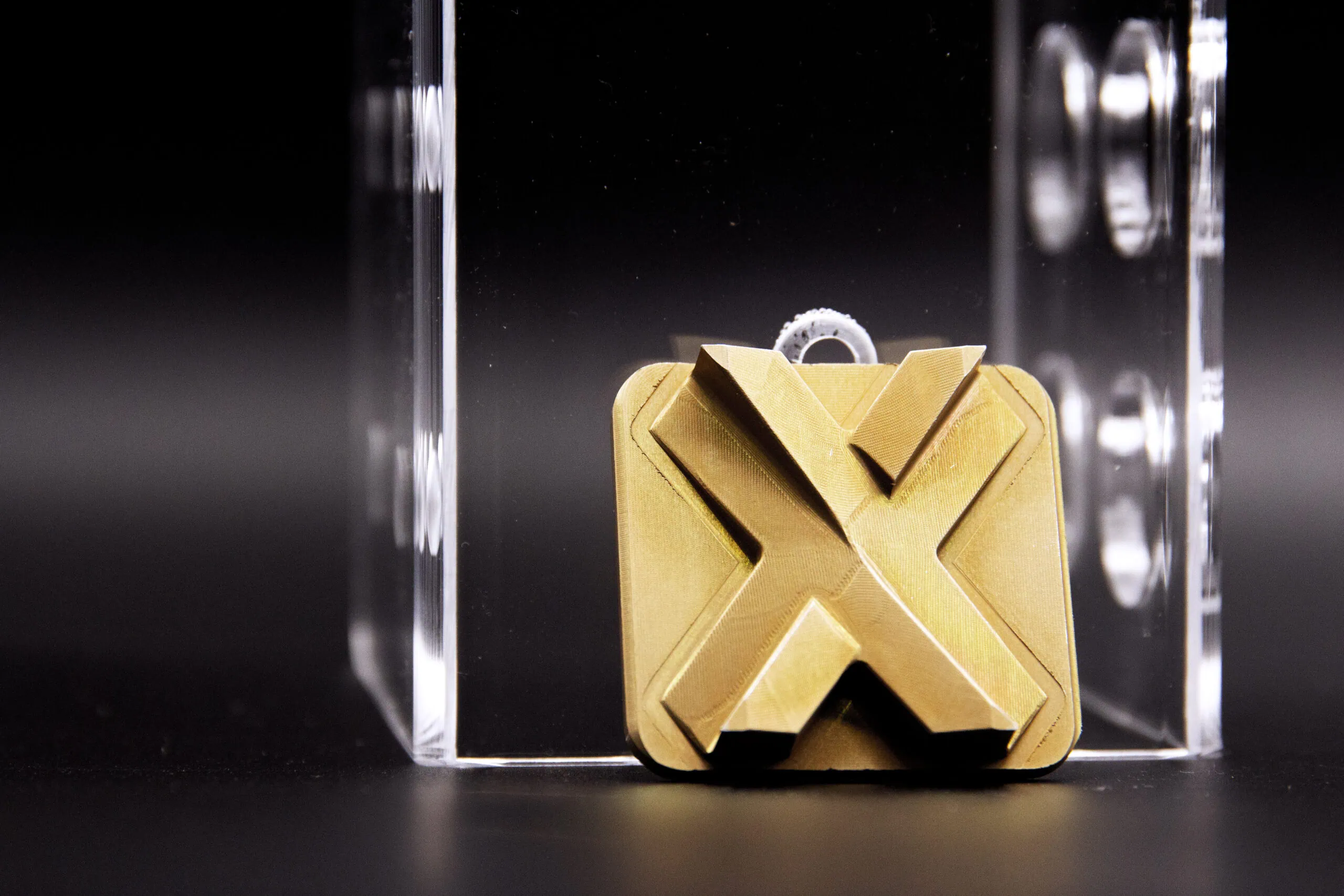
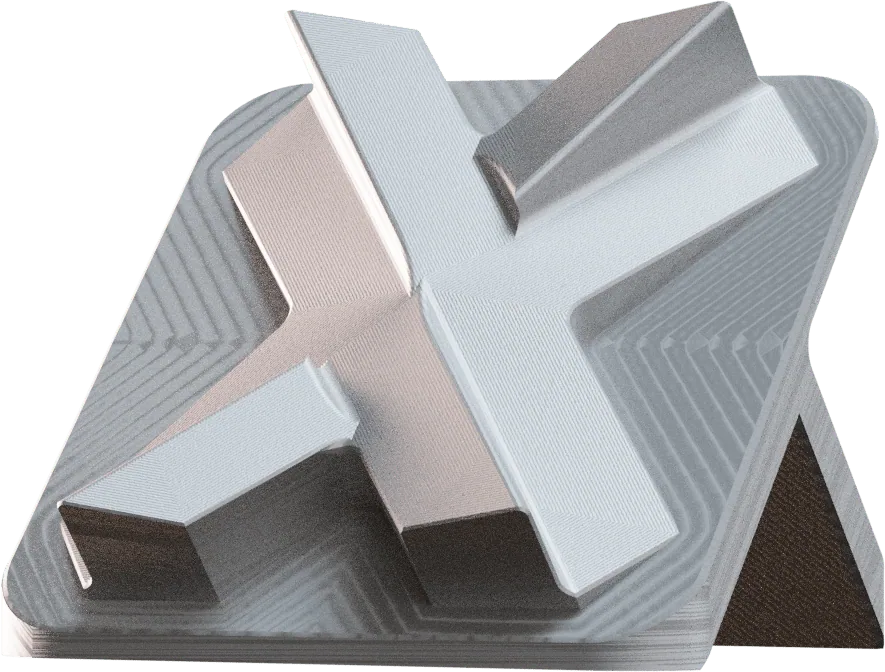

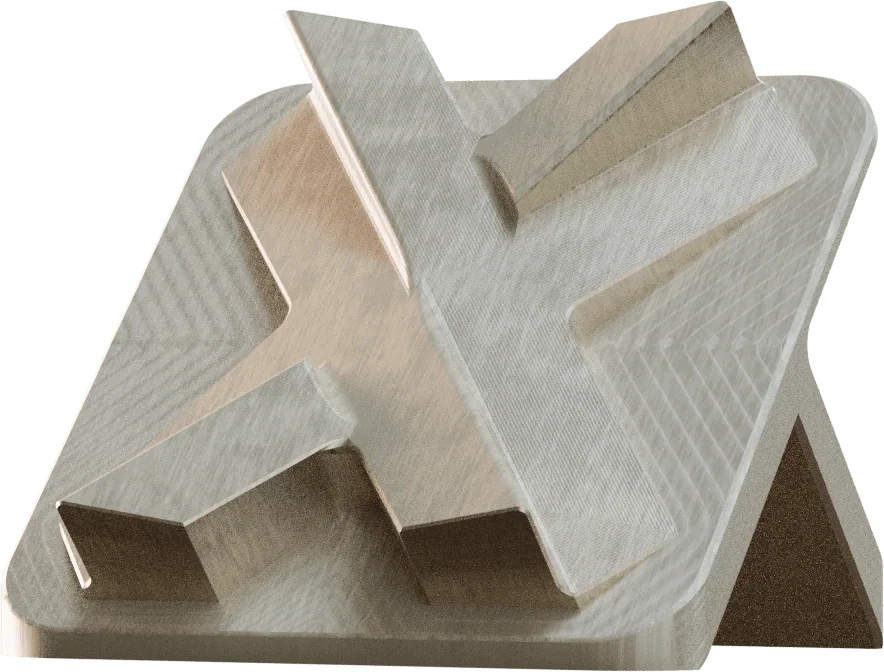
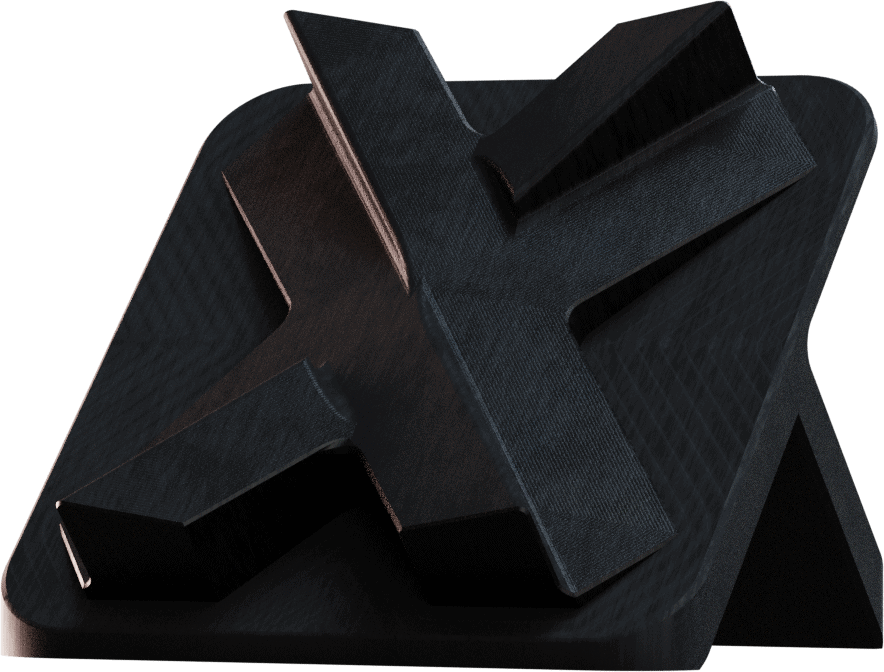

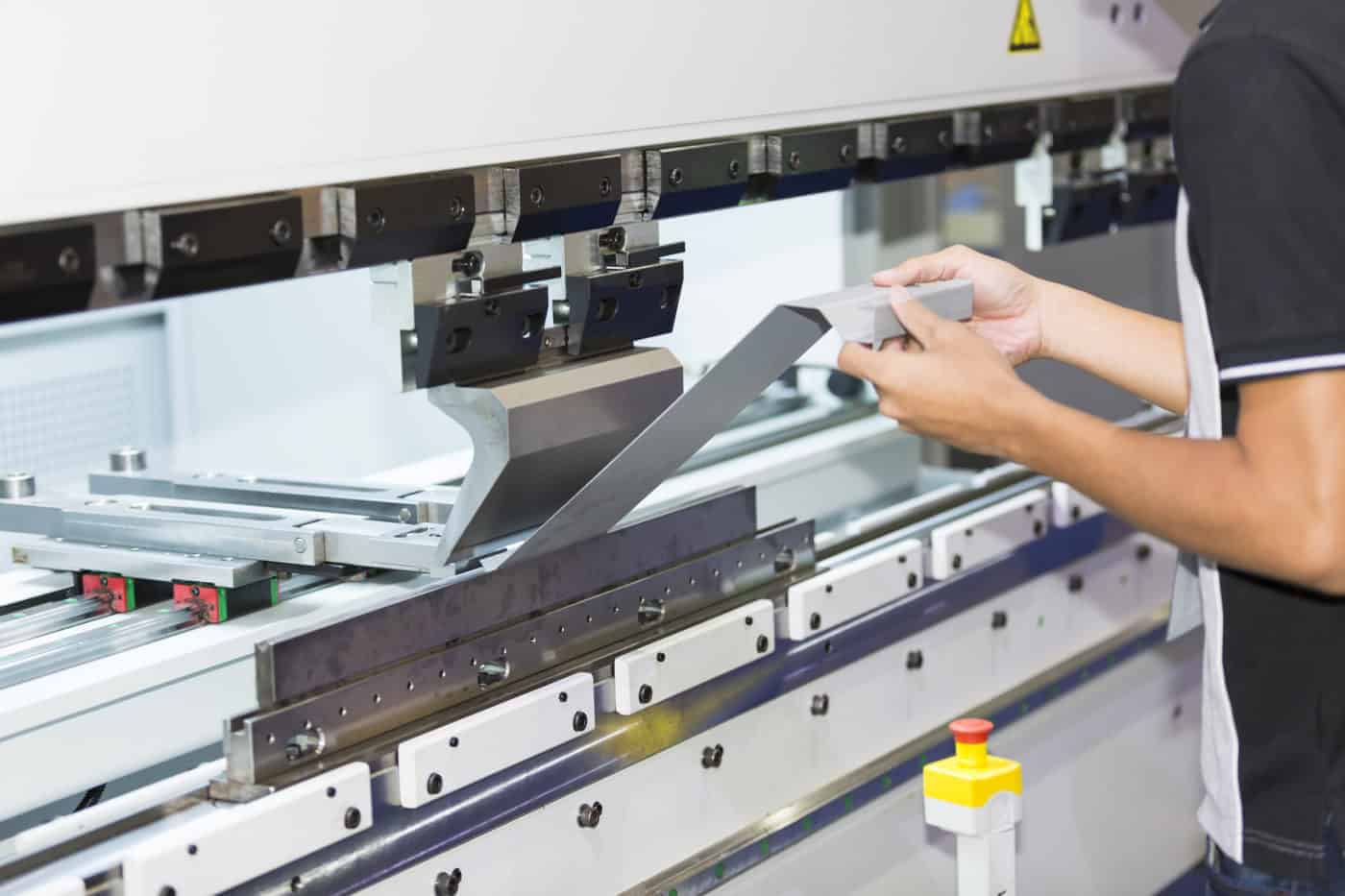
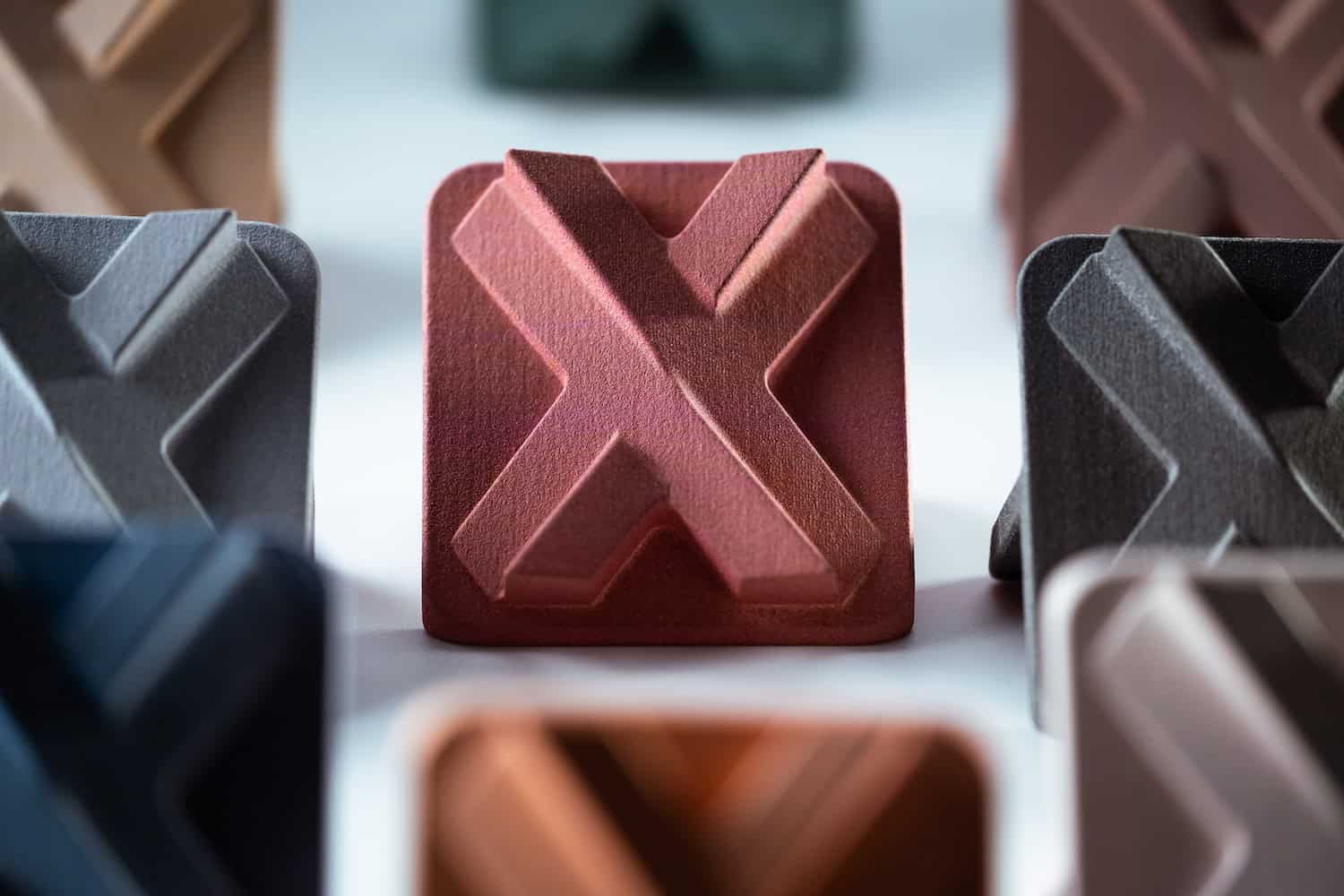

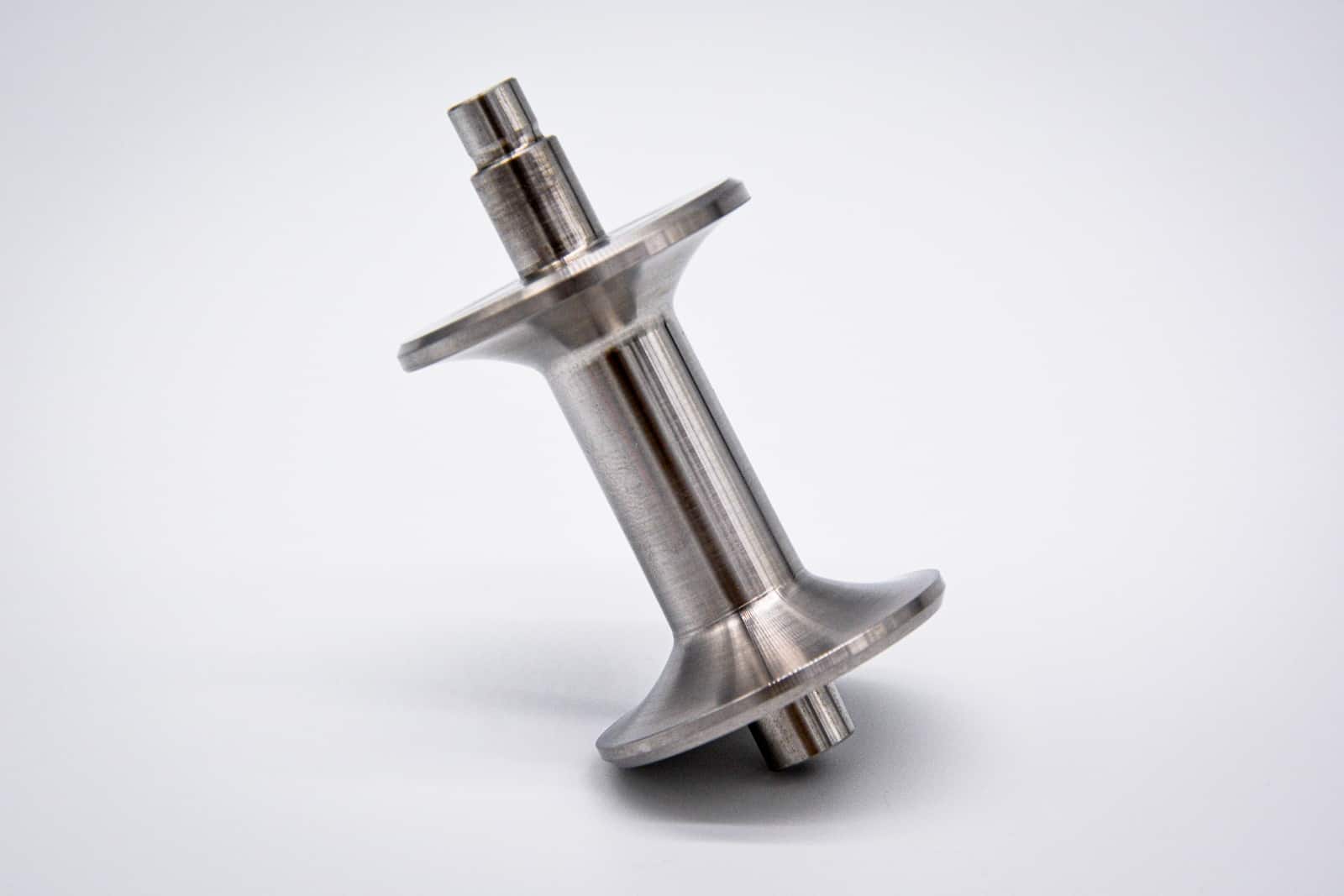

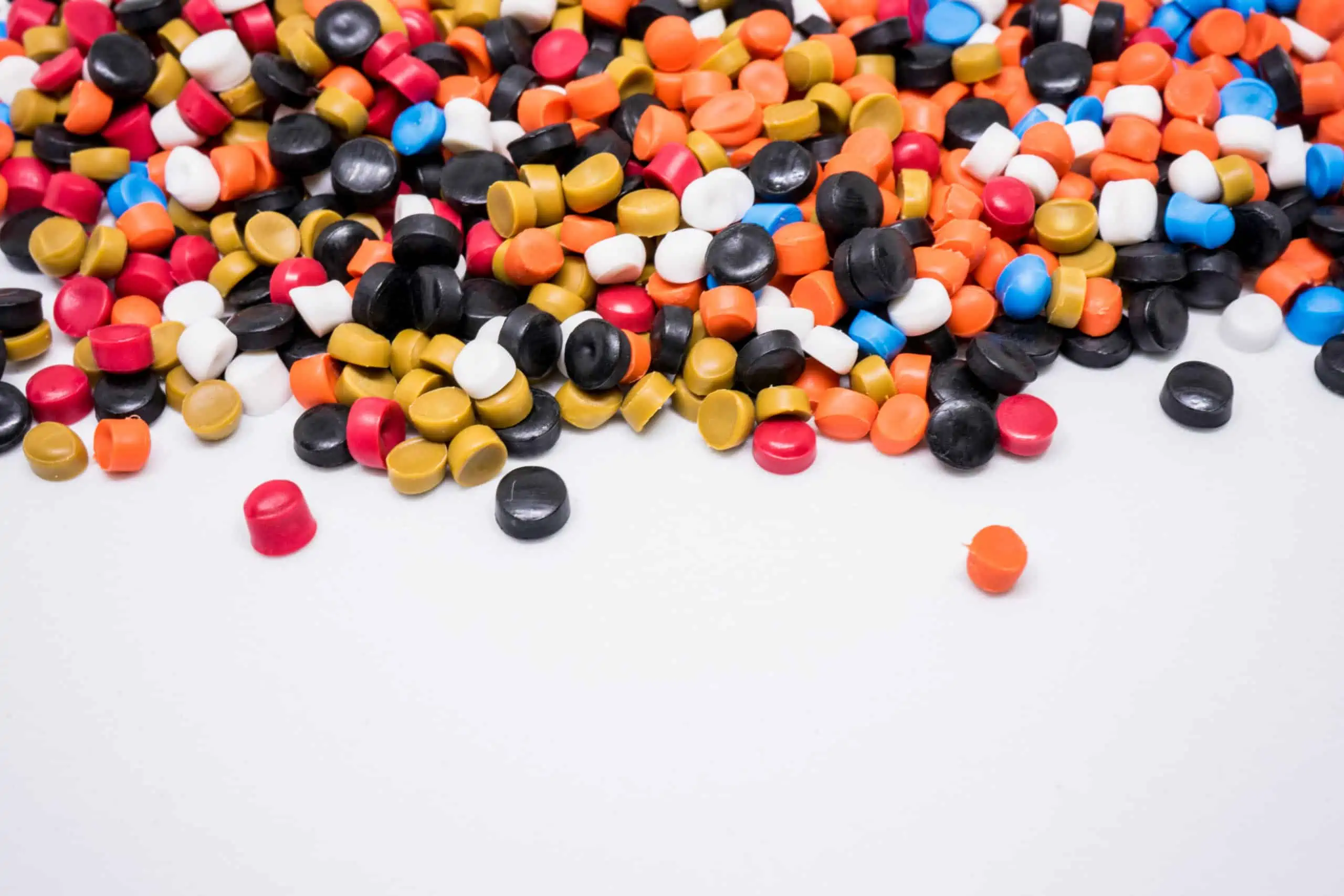


Comment(0)